Time 13:39 Rail line Brighton Main Line Total number of deaths 5 Injuries 88 Location Purley, London | Country England Date 4 March 1989 Trains 2 | |
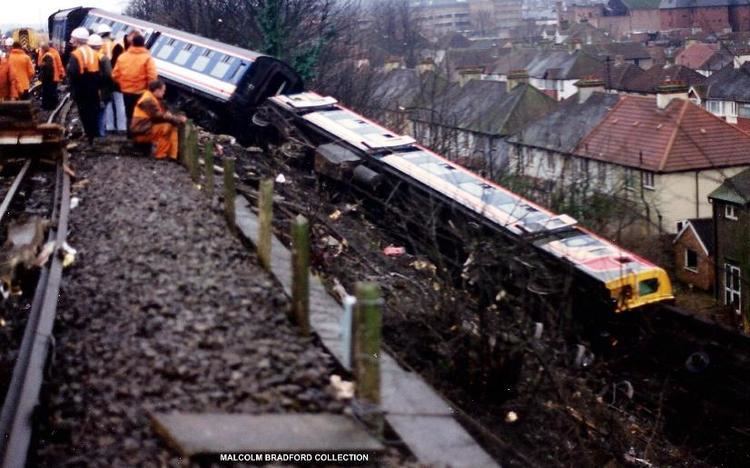 | ||
Similar Wembley Central rail crash, Ilford rail crash, Spa Road Junction rail crash, Cannon Street station rai, Ealing rail crash | ||
Purley station rail crash 1989 l thames news
The Purley station rail crash was a train collision that occurred just to the north of Purley railway station in the London Borough of Croydon on Saturday 4 March 1989, leaving five dead and 88 injured. The collision was caused by the driver of one of the trains passing a signal at danger and he pleaded guilty to manslaughter and was sentenced to 12 months in prison plus 6 months suspended, although this was reduced to four months upon appeal, and in 2007 overturned. The Ministry of Transport report noted that the signal had a high incidence of being passed at danger and recommended that an automatic train protection system should be introduced without delay and in the interim a repeater for the signal that had been passed be installed.
Contents
- Purley station rail crash 1989 l thames news
- Collision
- Aftermath
- Trial report and appeals
- Legacy
- References
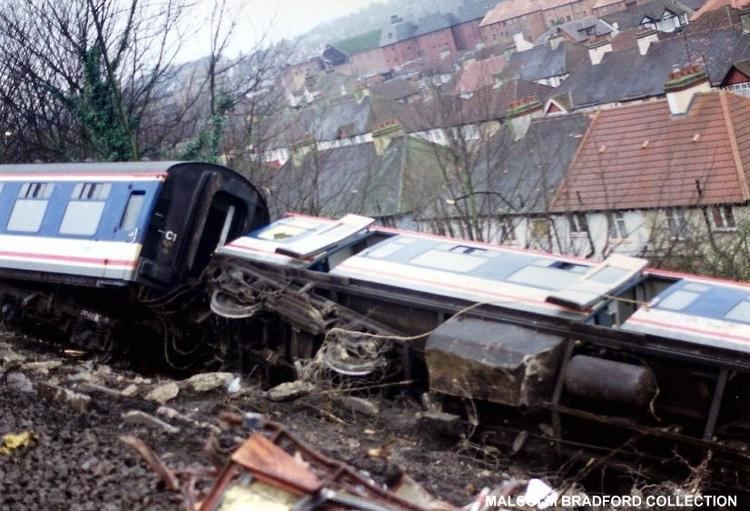
Collision
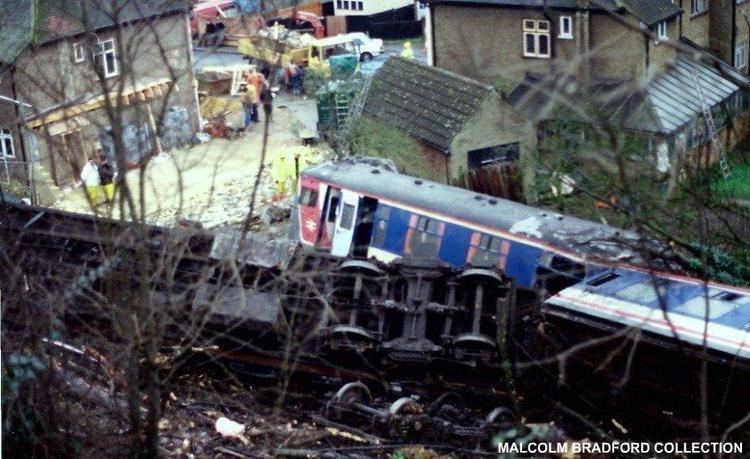
On 4 March 1989 the 12:50 Horsham to London Victoria, consisting of a four-car class 423 electric multiple unit, stopped at Purley railway station. As it left the station, it crossed from the slow line to the fast line as scheduled and at 13:39 was struck from behind by the following 12:17 Littlehampton to London Victoria, comprising two four-car class 421 units. The first six coaches of the Littlehampton train left the track and came off the embankment, killing 5 passengers and injuring 88.
Aftermath
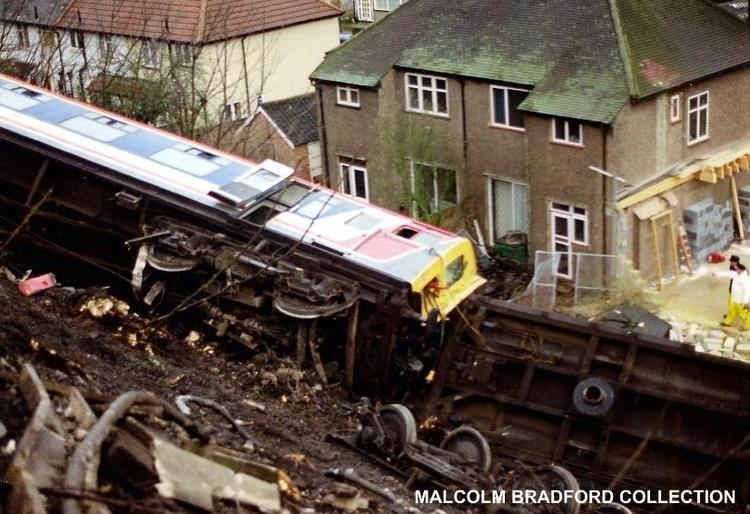
As the accident was in London, the first calls to the emergency services came from members of the public. The driver of a light engine running on an adjacent track saw the collision and contacted the signalbox. The signalling equipment had been damaged in the collision and alarms had been raised in the box. The signalmen in the box spoke to railway control at Waterloo, but due to confusion about the location of the trains police in East Sussex were first contacted. The collision had tripped circuit breakers controlling the DC traction current but safety could not be assured as the supervisory circuits had been damaged. The incident was attended by British Transport Police, fire brigade and ambulance service, and a police helicopter was used to fly doctors to the site. Passengers that were able to walk were evacuated via Purley station and the last casualty was taken to hospital at about 15:15, although the search continued until 17:00.
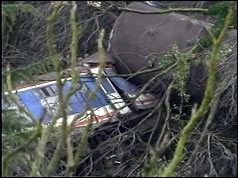
The railway was closed until 6 March, although the damaged vehicles that lay on the embankment side were not all removed until 9 March. The crossover was replaced and normal operations restored on 27 March.
Trial, report and appeals
Before the Ministry of Transport report was published, Robert Morgan the driver of the Littlehampton train, pleaded guilty to manslaughter and sentenced to 12 months in prison plus 6 months suspended.
The report was published in 1989, and found no fault in the Littlehampton train or signalling system, concluded that the driver had failed to keep the train's speed under control, missing the preceding caution signal and passed the danger signal protecting the Horsham train. The line is equipped with four aspect colour light signalling and British Rail's Automatic Warning System (AWS). However, the report noted that the signal had a high incidence of being passed at danger – four drivers had previously passed the signal when at danger in the previous five years. The AWS in use gave the same warning for either of the caution signals and danger and was capable of being reset by a driver in a lapse of concentration. The report recommended that an automatic train protection system should be introduced without delay and in the interim a repeater for the signal that had been passed be installed.
Morgan's sentence was later cut to four months upon appeal, and on 12 December 2007 his conviction for manslaughter was overturned by the Court of Appeal, ruling the conviction unsafe as "something about the infrastructure of this particular junction was causing mistakes to be made" as new evidence showed that there had been four previous signals passed at danger at the same location in the five years before the rail crash.
Legacy
A memorial garden was created at the station to commemorate the accident on platform 1.
